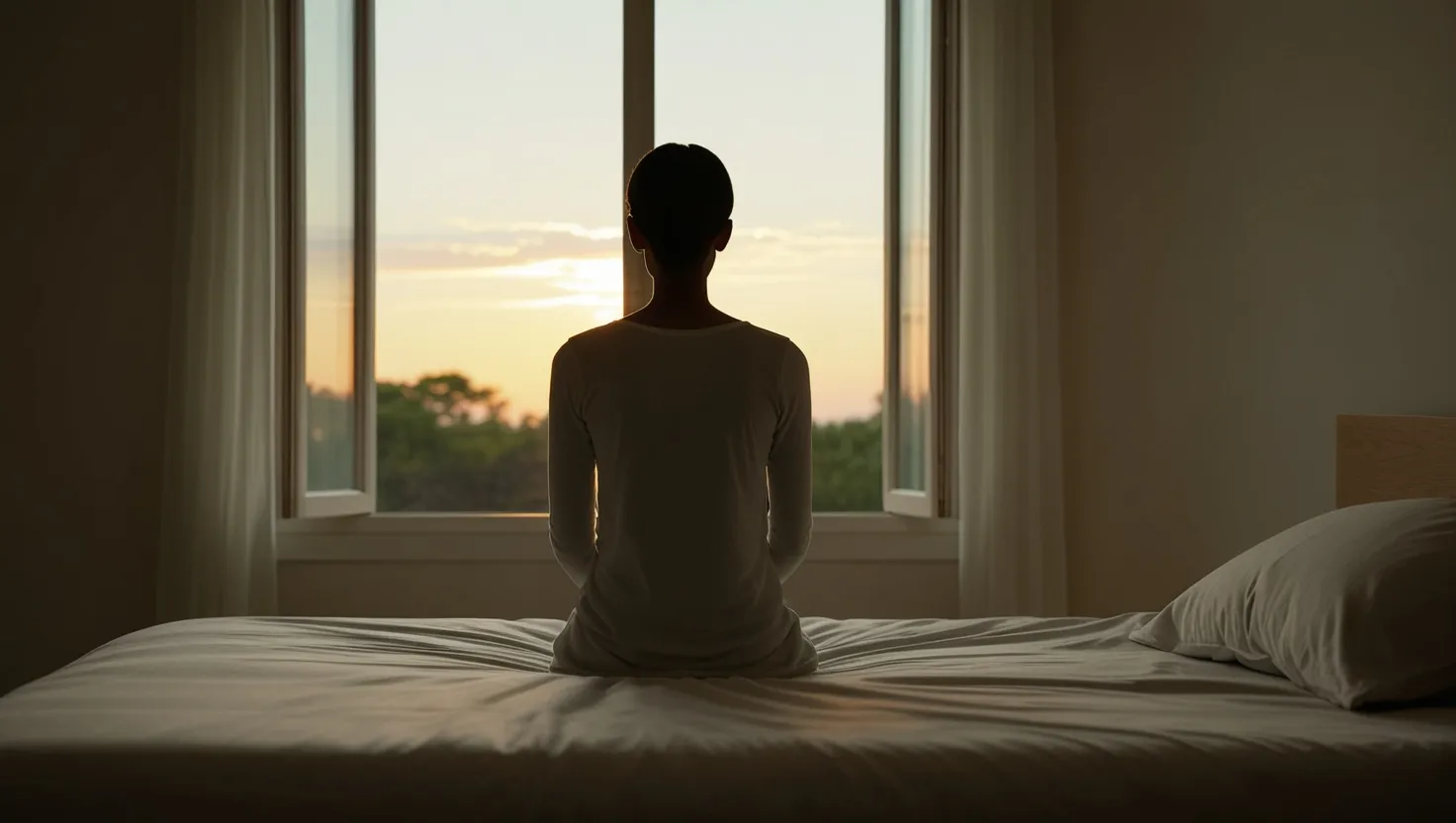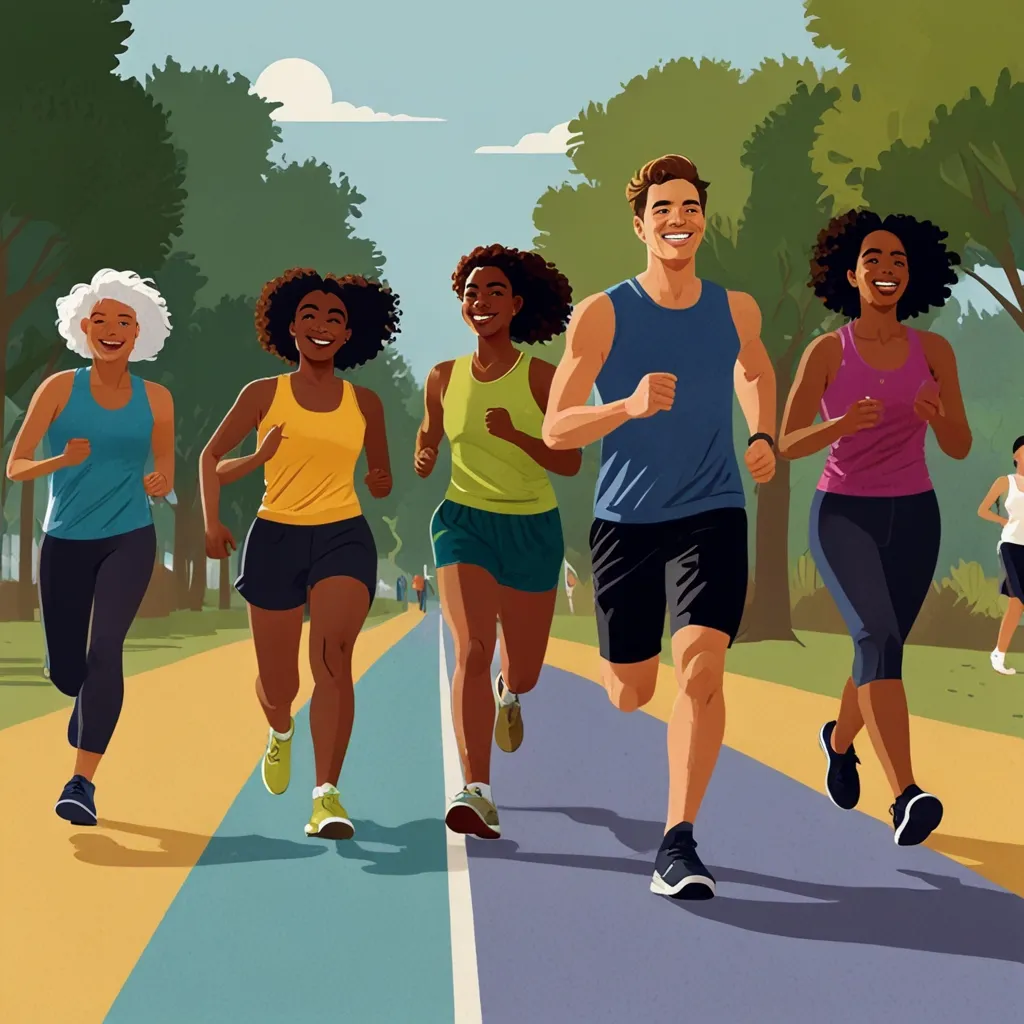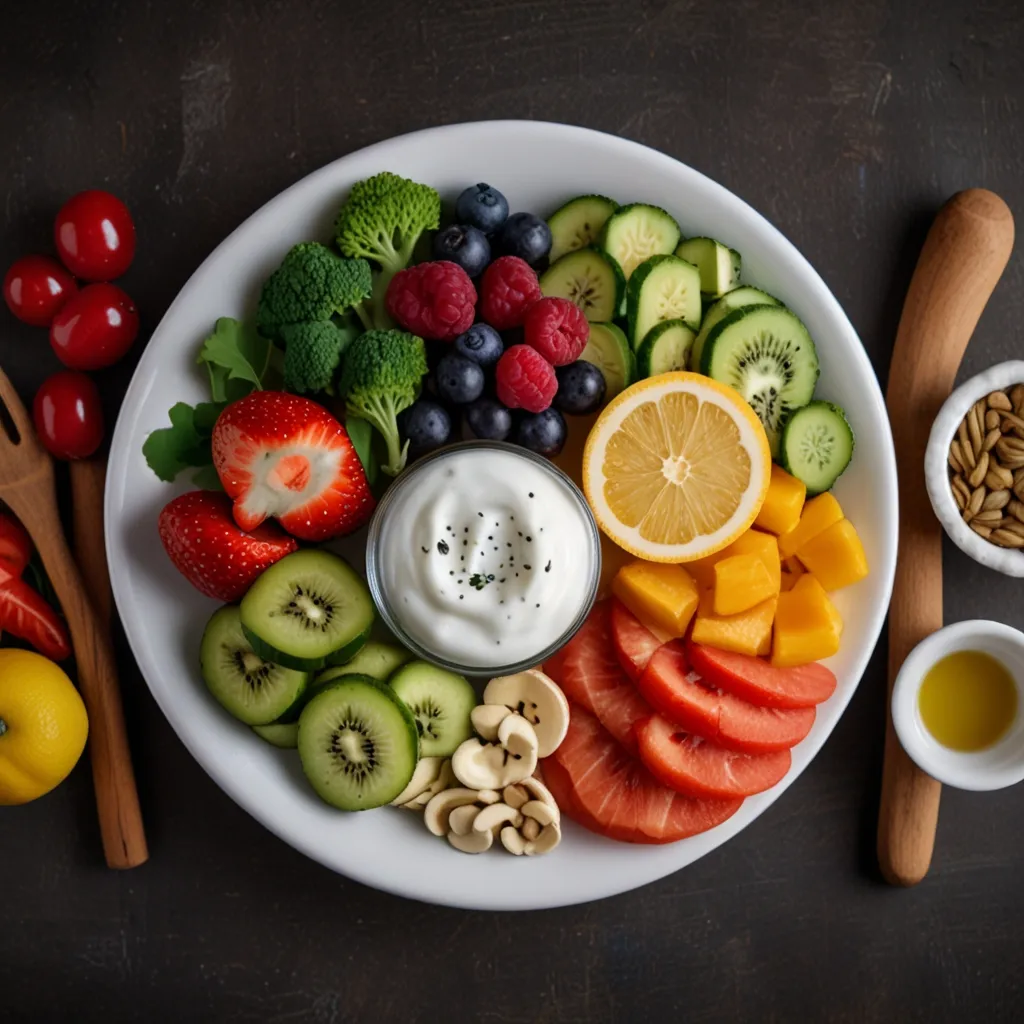Feeling tired all the time? Or always feeling chilly even when the room is warm? These might be signs of low iron levels. Iron is super important since it helps make hemoglobin—this protein in red blood cells that carries oxygen around your body. Without enough of it, you might start seeing some surprising symptoms.
One of the big signs of low iron is fatigue. But not just any tiredness; we’re talking about that deep, dragging exhaustion that makes getting through the day tough. This tiredness hits because your body doesn’t have enough hemoglobin to carry oxygen to your muscles and tissues. This can leave you weak and easily irritated. It’s easy to just blame it on a busy lifestyle, but if this tiredness doesn’t go away, it needs checking.
Another odd symptom is feeling cold constantly. Cold hands and feet might mean poor blood circulation—the kind that happens when there aren’t enough red blood cells to keep your tissues oxygenated. This might explain why you feel cold even when the room’s comfy.
Low iron can also show up on your skin. If your skin looks paler than usual or if the inside of your lower eyelids isn’t its usual vibrant red, you might be looking at anemia. Hemoglobin gives blood its red color, so less of it means paler blood.
Even your hair and nails can show signs of low iron. Think brittle hair, cracked lips, or even scooped or brittle nails. These can all be hints that your iron levels are not up to scratch.
Shortness of breath is another symptom to watch for. Without enough red blood cells, your heart has to pump harder to get oxygen around your body, leaving you winded even when just chilling out.
Low iron can also lead to strange cravings. Ever want to chew ice? That’s called pagophagia—a type of pica, where you crave and eat non-nutritional substances. Eating dirt can be another extreme example, although this is rare.
Restless legs syndrome can be a sign too. This disorder makes you want to move your legs constantly, often bringing with it sharp pain or that annoying numbness and tingling feeling.
Certain groups of people are more at risk, especially women due to menstruation. Frequent blood donors, vegetarians, and those going through growth spurts or not getting a balanced diet are also more likely to face iron deficiency.
The good news? Diagnosing and treating low iron is pretty straightforward. A blood test can reveal if your levels are low, and depending on the result, your doctor might suggest dietary changes or iron supplements. Sometimes, intravenous iron infusions are needed.
To naturally boost your iron levels, eat iron-rich foods like red meat, pork, poultry, seafood, beans, and dark green leafy veggies. Pairing iron-rich foods with vitamin C-rich ones, like citrus fruits, broccoli, and tomatoes, can help your body absorb iron better.
If you’re worried about your iron levels, having a chat with your primary care provider is the way to go. They can guide you on the best steps to ensure your body gets the iron it needs to stay healthy and energetic.






